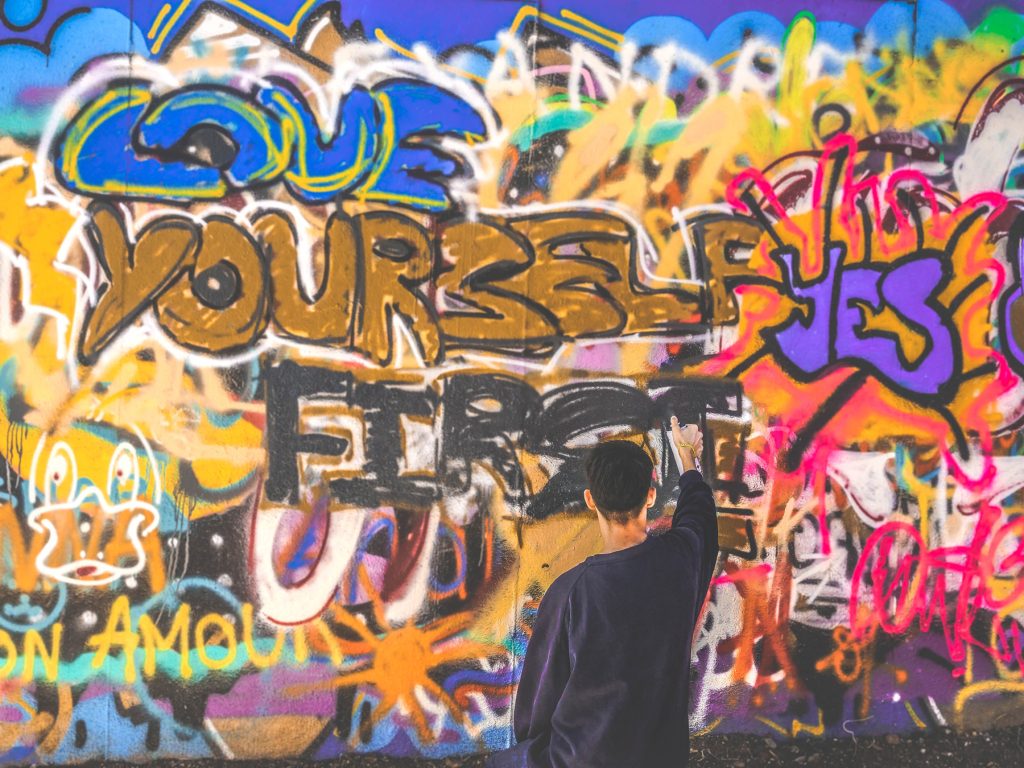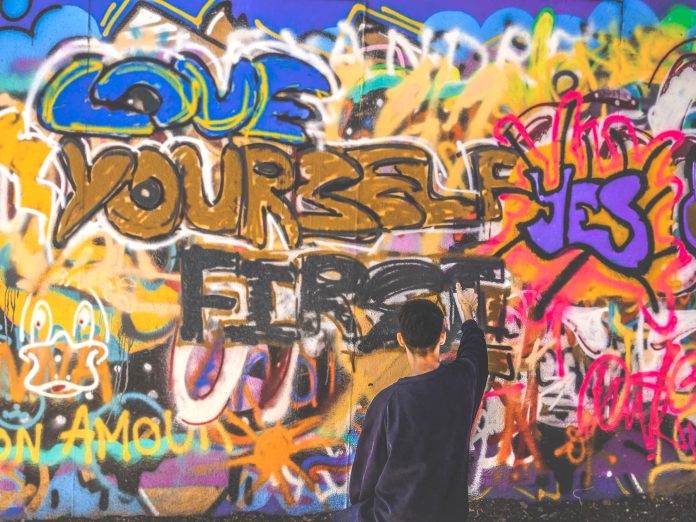The results of the latest national study on the economic impact of the arts have just been released by the national advocacy organization Americans for the Arts, including results for nonprofit arts and culture groups in the City of Dallas and the Dallas Arts District.
“Our arts community is a key driver of the Dallas economy,” said Lily Weiss, executive director of the Dallas Arts District. “This drives tourism and visitors into our city from North Texas and beyond. They come here, they spend, that all has a ripple effect. And it creates a vibrant city where people want to move their business, to live, play and enjoy a great quality of life. The arts amplify all of that.”
The Arts & Economic Prosperity 6 (AEP6) study shows that despite audience declines following the pandemic, the nonprofit arts and culture community still retains a strong place in the Dallas economy and that audiences strongly believe the arts and its cultural venues play an important role in the Dallas community.
“The cultural arts sector is core to the identity of Dallas,” said Martine Elyse Philippe, director of the Office of Arts & Culture. “Over many decades, our city leaders have made substantial and sustained investments in growing this ecosystem, and despite the setbacks caused by COVID, it is a substantial and growing segment of the Dallas economy.”

The study also measured the social impact of Dallas arts and culture, with 89.8% of those surveyed saying “this activity or venue is inspiring a sense of pride in this neighborhood or community.” A similar 90.5% said they “would feel a great sense of loss if this activity or venue were no longer available.” This is important as the city mulls the inclusion of cultural venues in the 2024 Bond Program. The arts community has been strongly advocating for at least 6% of the bond to repair and update existing cultural facilities.
The Dallas Arts District had an economic impact of $340,711,537 in expenditures supporting 5,924 jobs. The District’s 16 cultural organizations and venues reported attendance of 2,735,721 generating 40.1% of the city’s economic impact.
“With these kinds of numbers, both in and out of the Arts District and even after the pandemic, this speaks to vibrancy and creative churn that is happening across Dallas,” said Joanna St. Angelo, president of the Dallas Area Cultural Advocacy Coalition (DACAC). “It demonstrates funding from the city and all of our donors is well placed. We just can’t let up on the pedal with that support and this includes taking care of our important and beautiful venues with a significant investment through the bond program next year.”
AEP6 shows that the nonprofit arts and culture sector in the city of Dallas is generating an economic impact of $853,611,875 in direct and indirect expenditures, supports 13,953 jobs and generates significant tax revenue at local, state and federal levels. The study also shows an attendance of 6,821,319. The study included data from February 2022 through July 2023, including 2,790 audience-intercept surveys collected from attendees to events, exhibitions and performances.
And cultural attractions strengthen the visitor economy. In Dallas, 37.7% of attendees are nonlocal visitors who traveled into the city from outside Dallas County; they spend an average of $56.49. Additionally, 92.0% of nonlocal attendees reported that the primary purpose of their visit was specifically to attend the program or event they were attending.
The Arts & Economic Prosperity studies are conducted every five years, but the 2020 study was pushed to 2022/2023 due to the COVID-19 pandemic. This is the first expansive study conducted by Americans for the Arts nationwide and locally since 2015.
The pandemic financially devastated the arts and culture sector, which is still struggling to rebuild audiences, whose habits have changed. The study was conducted in 373 communities and regions across the country in all 50 states and Puerto Rico.
The City of Dallas and the Dallas Arts District participated, with 130 organizations supplying finance and attendance data. This included 2,790 audience-intercept surveys collected from attendees to performances, events, exhibits and special events during the period from May 2022 through July 2023, with financial data from organizations for FY22.
This is the first AEP study to also measure the impact of BIPOC/ALAANA organizations. The study found that their impact and audience spending was virtually as strong as their counterparts. For instance, the national average of spending per attendees at BIPOC events ($38.29) was only fractionally different from the national average spending at all events ($38.46). However, in a 2022 study, Americans for the Arts has also reported BIPOC organizations were more likely to report that they lacked the financial resources needed to return to in-person programming than non-BIPOC organizations (55% vs. 38%); BIPOC artists had higher rates of unemployment than white artists in 2020 (69% vs. 60%); and lost a larger percentage of their creative income (61% vs. 56%).
AEP6 marked significant changes in the way the study has been conducted over the past 30 years. In particular, this was the first-time participants could take the survey electronically using their mobile devices. In the past, paper surveys had to be filled out by hand and collected. Due to this, and other changes, Americans for the Arts does not encourage comparison to previous surveys as the methodology, while more inclusive and accessible, is not apples-to-apples.
The AEP6 study was funded In Dallas by the Office of Arts & Culture and the Dallas Arts District and was supported in partnership by DACAC and the North Texas Business Council for the Arts.
The Office of Arts & Culture (OAC) is a City of Dallas department that works to enhance the vitality of the city and the quality of life for all Dallas residents by creating an equitable environment wherein artists as well as arts and cultural organizations thrive; people of all ages enjoy opportunities for creative expression; and all celebrate our multicultural heritage. OAC does this by supporting artists, arts organizations and Dallas residents through grants, partnerships and other critical resources. OAC is also the custodian of 19 city-owned cultural facilities, where a wide variety of arts and cultural programs are offered for citizens and visitors. These facilities consist of many of our community’s most important cultural venues, and when combined, represent more than 1.5 million square feet of space dedicated to arts and cultural functions in our community. OAC also oversees a 300 plus-work citywide public art collection. dallasculture.org.
Located in the northeast corner of downtown Dallas, the Dallas Arts District is the largest urban arts district in the nation, spanning 118 acres. Celebrating its 40th anniversary, this iconic neighborhood has more buildings designed by Pritzker award-winning architects than any location in the world. Dallas Arts District unifies culture and commerce offering a dynamic destination for locals and tourists alike while creating a fulfilling urban experience with integrated and exemplary artistic, residential, cultural, and commercial life. It was awarded a maximum 3-star rating by the prestigious Le Guide Vert – Michelin Green Guide and ranked 3rd three years in a row by USA Today’s 10 Best Arts District in the nation in 2021, 2022, and 2023. For more information, visit dallasartsdistrict.org.




